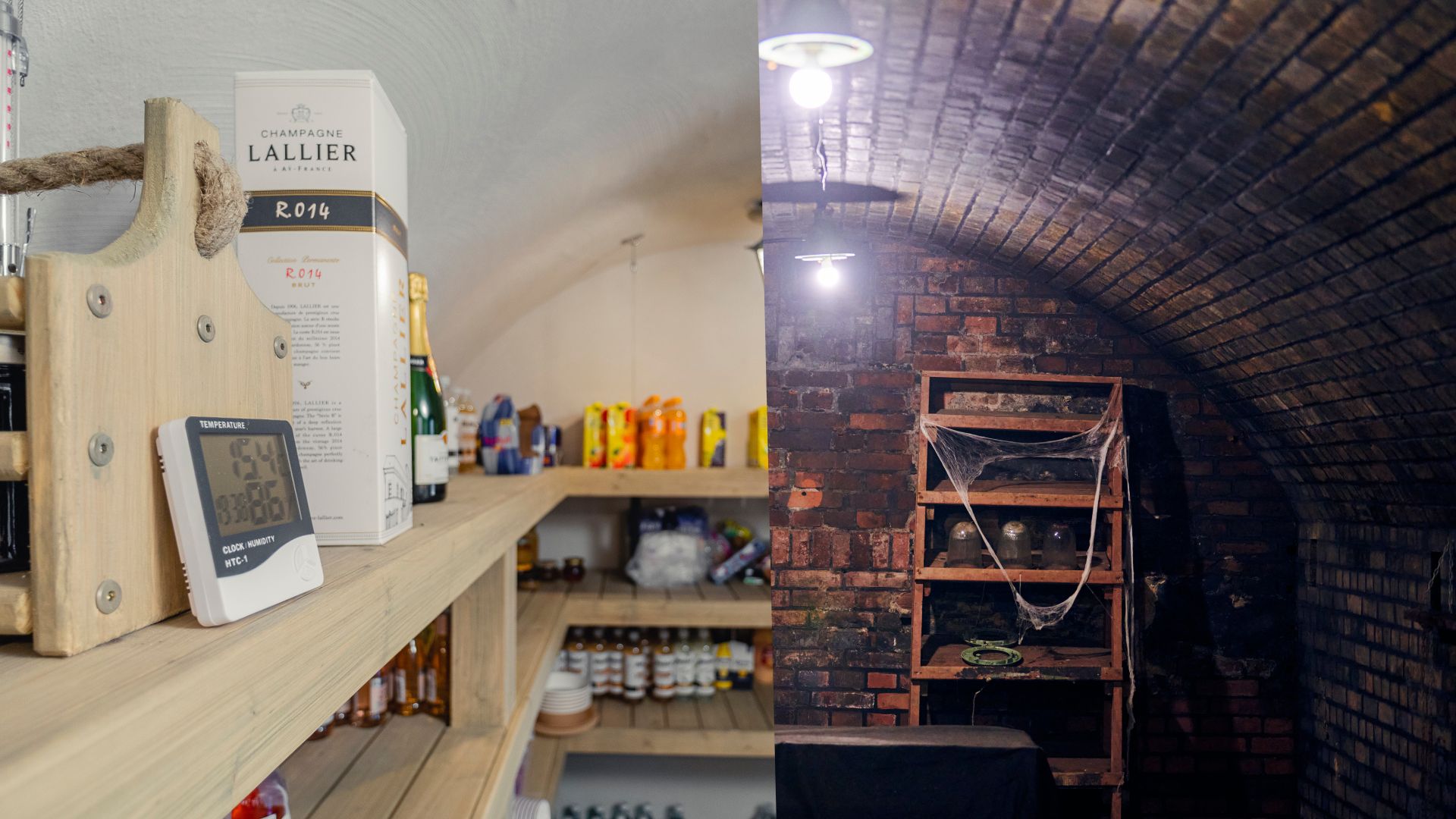In the first half of the 20th century, an important development significantly changed warfare: the beginning of aviation. Military strategists and planners quickly recognized the potential of aircraft in military conflicts. Airplanes were already used as weapons in the First World War, but at that time the options for air attacks were still very limited, the planes of that time did not have a long-range and could only transport small loads. This changed in the interwar period and at the beginning of the Second World War, the air forces of the larger countries already had large fleets of fighter and bomber aircraft.
A new, deadly threat had arisen not only for the military but also for the civilian population. While ground attacks on the fronts often took place without rapid movements and the civilian population was able to evade accordingly, bomber planes, due to their speed and range, usually appeared suddenly and without long warning times deep in the hinterland and dropped their deadly load on the selected targets.
Although many countries at the beginning of World War II believed that inhabited cities or civilian structures were not legitimate targets for bombing, these inhibitions gradually disappeared as the war progressed.
After the British army withdrew from mainland Europe, the German Reich began a bombing campaign against the British Isles from 1940 onwards, which was unprecedented up to that point and ignored all rules regarding restraint in bombing against civilian targets, on the contrary: the attacks were specifically directed against densely populated city centers, like in London or Coventry.
In addition to improvised air raid shelters, for example in basements and subway tunnels, the two engineers William Paterson and Oscar Carl Kerrison also developed an inexpensive mini-bunker for the civilian population. The shelter had an area of only 1.4 x 2.0 meters and offered space for a maximum of 6 people. It was made of corrugated steel sheets, partially buried in the ground, and covered on top with sandbags. The shelter was called the “Anderson Shelter” after the then-British Home Secretary Sir John Anderson. Due to its low cost and ease of manufacture and installation, the Anderson Shelter was produced and installed millions of times during World War II. And this bunker was certainly very effective. While normal houses and structures collapsed from the explosions of aerial bombs, the dug-in Anderson shelters remained mostly intact, protecting the lives of many thousands of people. There are impressive photographs showing such intact mini-bunkers in the midst of devastated residential structures.
Unfortunately, in today’s military conflicts, such classic Anderson shelters would no longer be sufficient for the population. With the end of the Second World War, the development of nuclear weapons created a new threat that must also be taken into account when building bunkers. Military strategists today are of the opinion that the use of so-called “tactical nuclear weapons” or “mini-nukes” is becoming increasingly likely, which means the limited use of smaller nuclear weapons, instead of a total and global nuclear war. To protect yourself from the effects of atomic bombs, you not only need a stable (preferably underground) shelter built of concrete instead of steel but also good protection from radioactive radiation for several days and suitable air filter systems.
A modern bunker for everyone would therefore offer the above-mentioned properties and combine them with the advantages of the “Anderson Shelter”: simple production, affordable prices, and quick installation. Our shelters offer exactly that, and the elements offered can be changed into any size and shape imaginable through a wide variety of combination options. Flexibility and simplicity are the motto here. With our shelters, you can not only prepare for disasters but also create new spaces that can be used in a variety of ways in everyday life until they could potentially save your life one day.
Vera_Oeckl_ArWeDe_KLG

